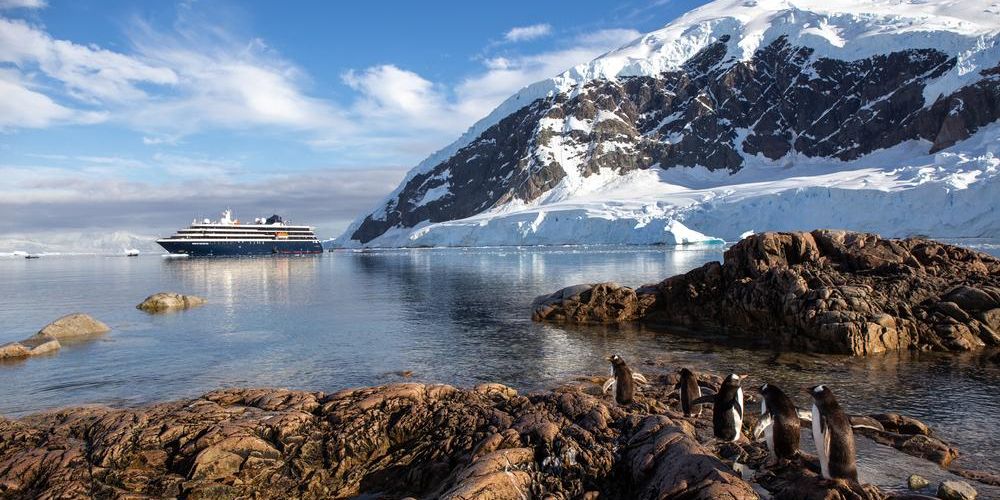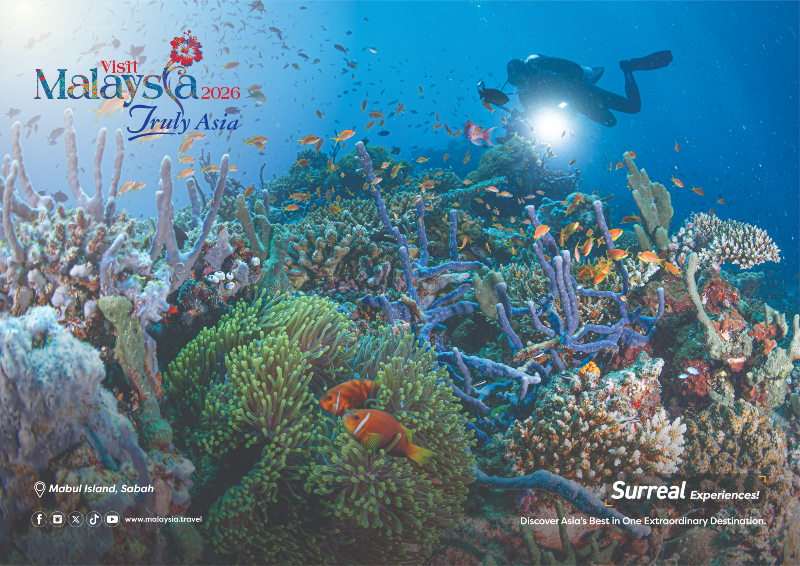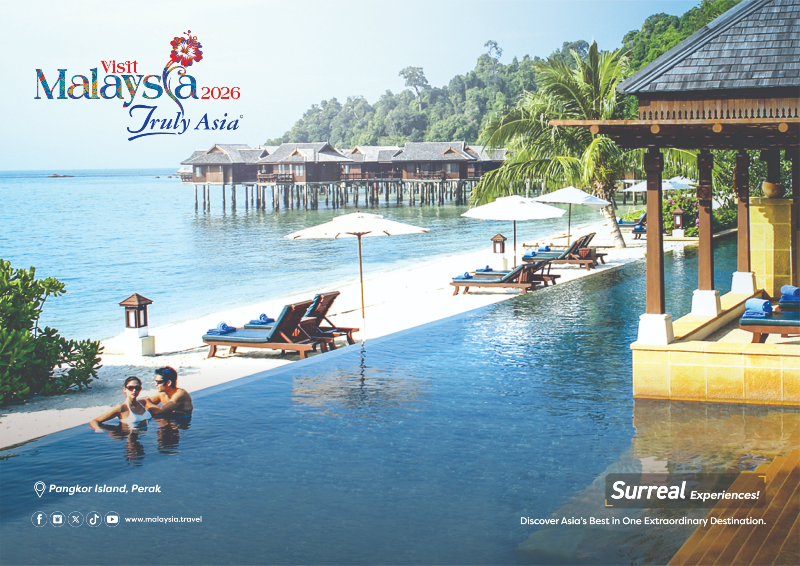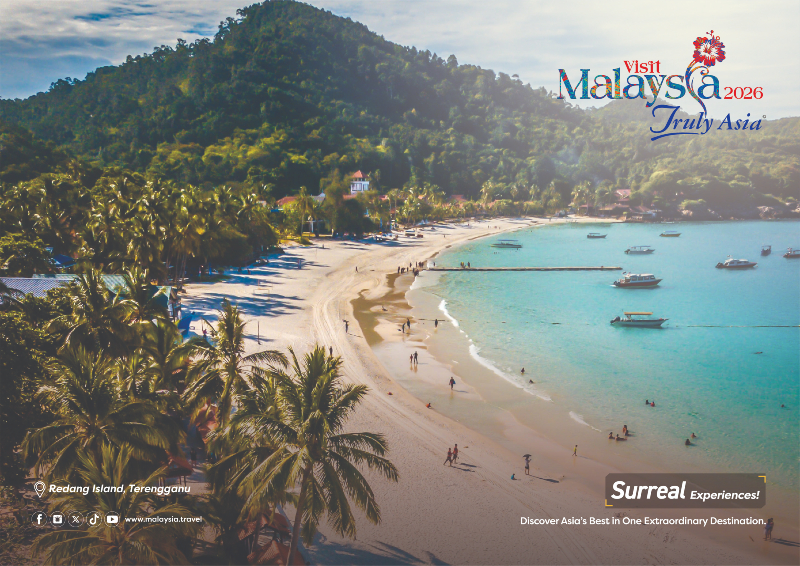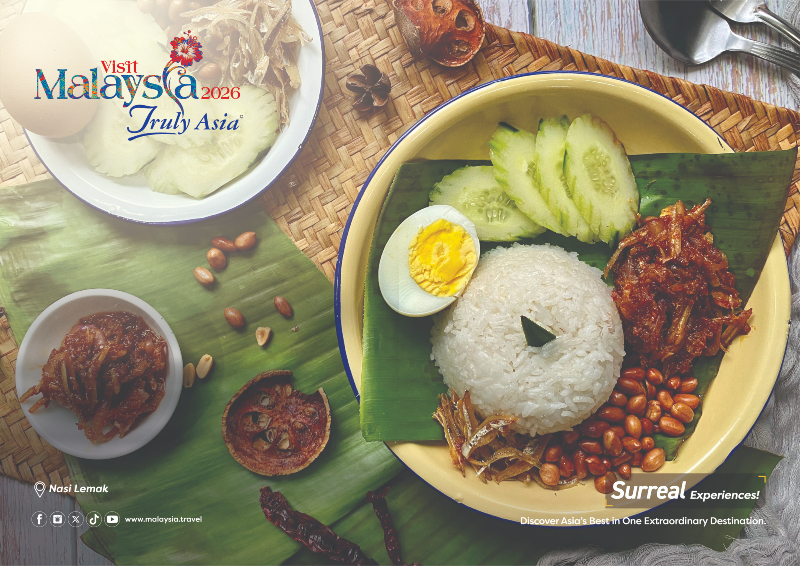Q: What’s driving the current boom in small ship and boutique cruising globally and how is that trend translating to Australian travellers?
A: Australians, especially seasoned travellers, are increasingly seeking remote and unspoilt destinations as well as cultural authenticity.
Small ship journeys offer them an easy and comfortable way of discovering those hard-to-reach places. Small ships make difficult destinations simple.
So the main driver is not frequent cruisers looking for a different way to cruise.
It’s more about people who are seeking genuine, immersive, adventurous and meaningful travel experiences being drawn to boutique vessels and expedition voyages as ideal ways of seeing pristine and secluded destinations in an intimate way and fulfilling their experiential needs, whether they have cruised before or not.
Expedition and boutique small ship voyages are a unique way of travelling, delivering unparalleled experiences, exotic destinations and once-in-a-lifetime experiences and merging the significant advantages of cruising with many of the perceived benefits of land-based travel.
Q: How do smaller vessels differ from large cruise liners in terms of experience, destinations and onboard atmosphere?
A: The differences are significant. Small ship cruising is not just about vessels carrying less passengers. It’s a unique, rapidly expanding, evolving and high-value segment all of its own.
Small ships offer a more intimate and personalised experience, with no queueing or crowding, and a quieter, more relaxed atmosphere.
Smaller vessels can access unique, rarely visited destinations, offering a deeper, lower-impact immersion into local cultures and it’s the perfect way to see wildlife up close.
 Above: Cruise Traveller MD Joe O’Sullivan
Above: Cruise Traveller MD Joe O’Sullivan
Guests who book small ship journeys with us at Cruise Traveller come from all types of travellers, not just cruise.
For example, we see the natural allure for yachties and boaties travelling on our yacht-style ships. They love the opportunity to explore places they can’t reach in their own boats without the responsibility of being the skipper while at the same time keeping their affinity with the sea.
Equally, intrepid travellers can venture in to vastly more remote areas on our small ships than they ever could have on land while at the same time enjoying a sense of comfort and care that they would struggle to find in a five-star hotel in a capital city.
The atmosphere onboard small vessels is unique. It tends to be laidback, friendly and more inclusive – no reaching in your pocket all the time. The crew tend to be more a part of the experience.
Key to the success of small ship cruising is that the small numbers and the unique nature of every vessel mean you are travelling with a like-minded group of fellow travellers.
Small ship is all about connection – with the destination and with other guests on the journey with you. Who you are travelling with makes a huge difference to the enjoyment of a holiday.
Q: Are you seeing particular demographic groups in Australia embracing boutique cruising more than others?
A: The fastest growing feeder demographic for Cruise Traveller’s unique products is those people who want to experience their bucket list while staying within their safety and comfort levels.
The demographic groups becoming interested in small ship voyages is very broad. Adventure seekers, luxury travellers, multi-gen families, retirees and younger couples all feature strongly.
We are all aware that travelling with our families builds bonding experiences but few travel styles offer the experiences to the level that small ship voyages do.
Imagine the impact on you and your children as you witness, together, whales breaching, penguins going about their business, glaciers calving into the ocean or being surrounded by the welcome of a culture untainted by the modern world.
Few things help build long-term memories and bonds more strongly than immersive travel experiences.
So multi-gen bookings for small ship voyages will continue to grow as parents and grandparents are drawn to the incredible places they can share with their children or grandchildren, regardless of their age.
Travelling by ship allows everyone to do their own thing while still being connected and is less stressful for families than land-based travel.
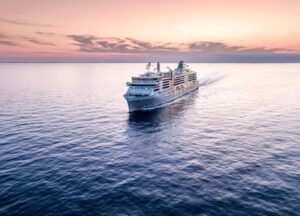 Q: What regions or itineraries are proving most popular with Australians both domestically and overseas?
Q: What regions or itineraries are proving most popular with Australians both domestically and overseas?
A: Small-ship cruising, almost by definition, is global. Many of our cruise partners run operations focussed on their unique part of the world.
It may be a seven-day voyage up the Hudson River departing from New York or a 12-guest vessel exploring the Galapagos Islands. Incredible, unique river journeys along Colombia’s Magdalena River are now available.
My mantra for some years has been if there is a river, lake, canal, sea or ocean, there is likely some kind of way of exploring them by accommodated vessels.
We see popularity in destinations such as Croatia, Greece, Turkey and other parts of the Mediterranean, as well as South America, North America, Asia, Australia and of course Europe, and even the remote Brahmaputra river in Northern India.
We’re seeing significant growth in expeditions to Antarctica, the Arctic, Galapagos and of course Australia’s own Kimberly. It’s incredibly hard to see the vast and rugged Kimberley by land but far easier to experience by small ship. The Kimberly is Australia’s standout expedition destination best experienced by small ship.
Close to home, we also see real growth in Indonesia’s archipelago of incredible, unspoilt islands – filled with untouched wildlife and culture – as well as PNG, and there are now more opportunities also to explore the wilds of Tasmania, New Zealand and the Sub-Antarctic Islands aboard small ship expeditions.
Japan has opened up to immersive, cultural exploration, with Japanese cruise line Mitsui Ocean Voyages now inviting international guests to travel with them.
Japan has more than 200 navigable ports ranging from some of the most modern cities in the world to remote villages where people carry on their lives in much the same way they have for centuries.
We see Australian travellers flocking to Japan for unique itineraries that deliver authentic Japanese immersion.
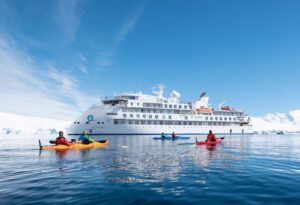 Q: How is the growth of boutique cruising impacting Australia’s cruise ports and regional tourism operators.
Q: How is the growth of boutique cruising impacting Australia’s cruise ports and regional tourism operators.
A: For many years Australian inbound tourism has talked about the importance of dispersing the benefits of tourism beyond capital cities into regional areas.
Small ship cruising is the nautical version of regional dispersion and it’s doing just that, delivering the economic benefits of tourism to communities right around Australia.
Smaller ports like Eden, Broome, Kangaroo Island, Esperance, Port Arthur and Cooktown are seeing more visit by small ships, which boosts local economies and creates jobs.
The growth of small cruise has paved the way for new, smaller ports right around Australia.
The positives are two-fold – offering domestic and international guests unique experiences in places they otherwise would not have visited and of course delivering tourism spend to those regional communities.
Q: Do you expect the small ship sector to continue expanding in Australia over the next 5 years and what challenges and opportunities could shape that growth?
A: We expect the growth of small cruise to continue as travellers seek ways to experience the extraordinary.
Travellers, especially Australians, are increasingly searching for enrichment meaning, authenticity and genuine immersion and small ship delivers all that.
Meeting that desire, more small ships are being launched and planned, and more exotic itineraries are being developed, delivering more and more opportunities to see the world’s special places.
Challenges like high local operating costs and regulatory complexities will need to be worked through in Australian ports but we see small ship increasing in value as a unique, stand-alone market that meets the evolution of the traveller.
